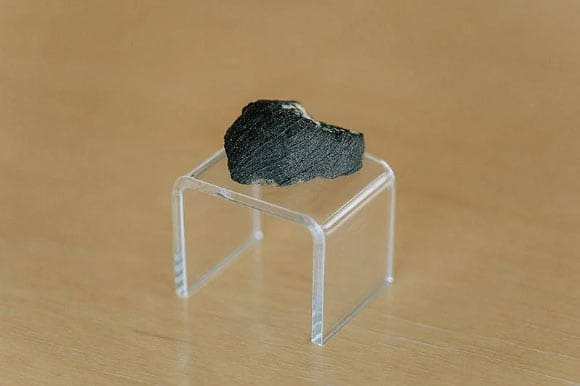An asteroid struck Mars 11 million years ago and sent pieces of the planet hurtling through space; one of these chunks eventually crashed into the Earth. During early investigations of this object, named Lafayette meteorite, scientists discovered that it had interacted with liquid water while on Mars. Now, researchers from the United States and the United Kingdom have determined the age of the minerals in the meteorite that formed when there was liquid water.

Support authors and subscribe to content
This is premium stuff. Subscribe to read the entire article.
Login if you have purchased




